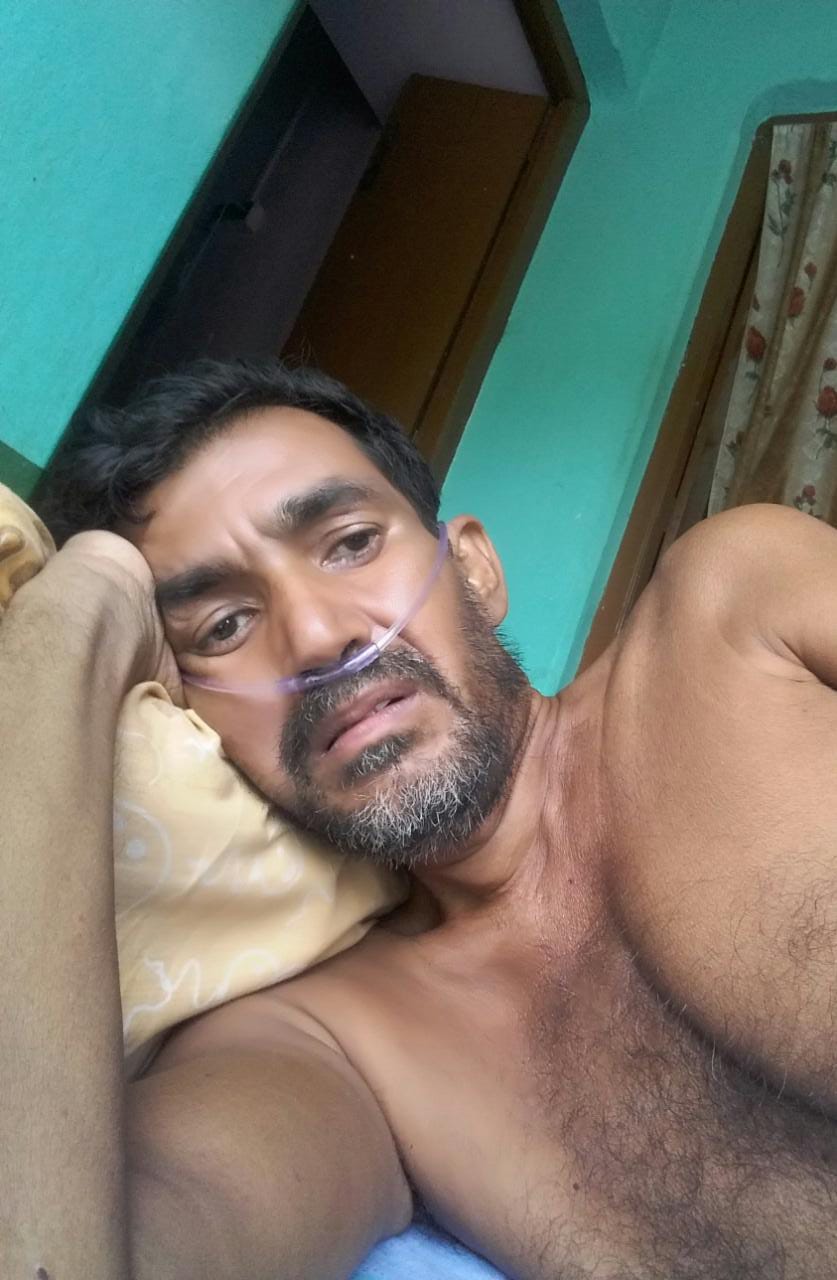
Telemedicine helping rural patients of Bengal get proper COVID treatment
Nur Nabi Mondal (40) of Babu Para village in Murshidabad had severe cough and body pain, typical COVID symptoms. His wife’s immediate concern was to provide him the right medical assistance, which was available at a primary healthcare centre some 10 kilometres away.

Nur Nabi Mondal (40) of Babu Para village in Murshidabad had severe cough and body pain, which are typical COVID symptoms. His wife’s immediate concern was to provide him the right medical assistance, which was available at a primary healthcare centre some 10 kilometres away.
More than the distance, what weighed on her mind was her husband’s physical condition. “He is bedridden for 14 years due to paralysis caused by an accident. Taking him to the health centre would have been too strenuous as well as expensive for me,” said Supia Khatun, who is a primary school teacher. It was then that a neighbour told Khatun about Forum Covid Surakha (FCS).
An initiative of the Bengal Madrasah Education Forum (BMEF), Forum Covid Surakha is a tele-health platform which provides free medical consultancy to COVID patients and supports them with finding hospital beds, medical oxygen, medicines and also facilitates COVID-19 testing.

“It was exactly what I needed. So, I immediately called the helpline number. An appointment was fixed with the doctor and a test was arranged the next day. After my husband tested positive for COVID, the doctor at the forum provided online consultancy. Oxygen was also arranged when required. Thankfully, he has now recovered from COVID completely,” Khatun added with a sigh of relief.
Several such tele-medicine facilities, run by the state government, non-government organisations (NGOs) and doctor bodies, are bridging the gaps in healthcare services, particularly in rural Bengal.
The government even roped in the state’s estimated 2,75,000 informal rural healthcare providers, often dismissed as quacks, to fight the surge in rural areas where there is a serious shortage of doctors.
The doctor-population ratio in India is far lower than the World Health Organisation’s (WHO) standard of 1:1,000. In rural areas, there is only one doctor per 25,000 people. In fact, only 13 per cent people in rural India have access to primary healthcare centres while only 9.6 per cent can avail a hospital.
The country’s rickety rural health infrastructure came under severe strain during the peak of the second COVID surge in April-May, forcing Prime Minister Narendra Modi to emphasize on the need to expand telemedicine facilities to rural areas.
From just about 200 calls a day on average, the West Bengal health department’s telemedicine cell was getting over 1000 calls daily in mid-April.
The number has now come down with the steady decline in new positive cases. The test positivity rate came down to 9.01 per cent on June 8 from a high of 33 per cent during the peak.
“We launched the FCS with 55 doctors in mid-May when the COVID-pandemic was gradually shifting from urban areas to rural areas of the state. The objective was to ensure that people in rural areas do not find it difficult to get basic health care,” said Israul Mondal of the Bengal Madrasah Education Forum.
The Association of Health Service Doctors (AHSD) with a team of 20 physicians launched a similar telemedicine service in April to “ease the burden” off the health department’s telemedicine facilities.
The Covid Care Network (CCN) and ‘Sabuj Pathsala’, an NGO, have been providing telemedicine facilities since the first wave last year.
Most leading private hospitals in Kolkata too have set up online platforms, starting awareness drives among patients and urging them to switch to virtual meetings with doctors.
“This year sixty per cent of our callers are from rural areas, who do not have immediate access to proper health facilities,” said Milan Dutta of the Sabuj Pathsala.
Also read: Japan adamant, but citizens, athletes want summer Olympics scrapped
Protect the Warrior, an initiative of the United Doctors’ Welfare Association, Doctors for Patients (DOPA), the West Bengal Doctors Forum and many other such bodies too are trying to reach out to patients online or through helpline numbers.
“Telemedicine reduces the travel time and cost for patients and helps diagnose critical cases at early stages, thus reducing fatalities. It also reduces crowding at hospitals,” said health expert Dr Pinaki Mukherjee.
Most of these facilities take bookings for doctor’s appointments from early morning to midnight. “Our volunteers work in three shifts to run the facilities,” Dutta said.
“At the stipulated time, volunteers connect the patient and the designated doctor, often through video calling. After the patient is examined, the prescription is sent to the patient on WhatsApp or mail,” said Mondal.


